
Transit Briefs: Amtrak, GO Transit, NNEPRA, VRE, WMATA
Written by Marybeth Luczak, Executive Editor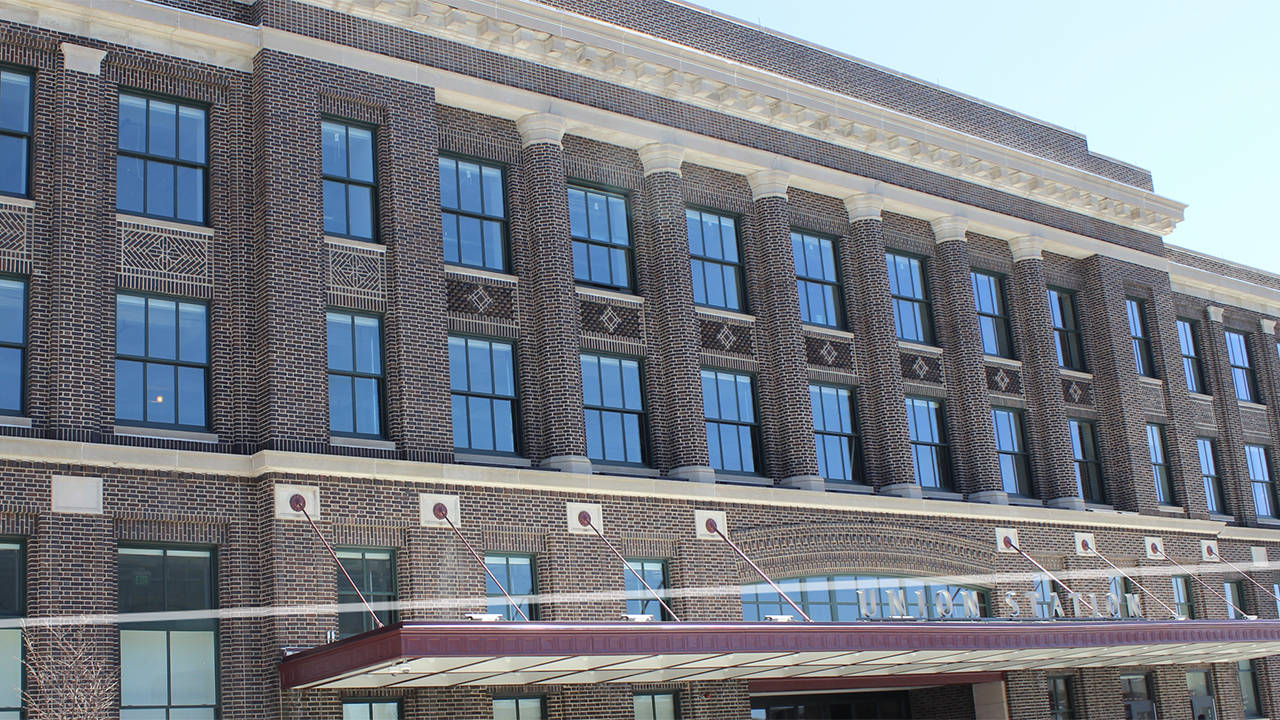
Two additional Amtrak Northeast Regional trains will serve Springfield (Mass.) Union Station starting June 5. (Amtrak Photograph)
Amtrak is expanding Northeast Regional service. Also, GO Transit adds 12 roundtrips per week between Toronto’s Union Station and Niagara Falls, Ontario; Northern New England Passenger Rail Authority (NNEPRA), which oversees Amtrak Downeaster service, selects an advertising agency of record; Virginia Railway Express (VRE) will offer fare-free Fridays this summer; and Washington Metropolitan Area Transit Authority (WMATA) is seeking rider feedback on the look, layout and features of its new 8000 series rapid transit cars, to be built by Hitachi Rail.
Amtrak, the Massachusetts Department of Transportation (MassDOT) and the Connecticut Department of Transportation (CTDOT) on May 22 reported that two additional Northeast Regional trains will serve Springfield (Mass.) Union Station starting June 5.
The expanded Amtrak Northeast Regional service between Springfield and New York City will meet “growing demand” and “provide greater travel flexibility for our customers, including arriving in New York from Springfield and Hartford before 9 a.m.,” according to Amtrak President Roger Harris.
Amtrak Northeast Regional trains offer single-seat ride options from Springfield and Hartford, Conn., to Moynihan Train Hall at New York Penn Station. Riders can depart Springfield at 4:45 a.m. or Hartford Union Station at 5:26 a.m. and arrive at Moynihan Train Hall at New York Penn Station at 8:10 a.m. or leave Springfield at 7:50 a.m. or Hartford at 8:35 a.m. and arrive in New York at 11:21 a.m. Heading north riders can depart New York at 6:59 p.m. and get into Hartford at 9:51 p.m. or Springfield at 10:40 p.m. or leave New York by 8:50 p.m. and get into Hartford at 11:41 p.m. or Springfield at 12:26 a.m.
“Bringing additional train service and more options for riders along the Hartford and New Haven lines is the result of a strong collaboration,” said Garrett Eucalitto, who recently succeeded Joseph Giulietti as CTDOT Commissioner. “We worked closely with Amtrak, MTA Metro-North Railroad and the Massachusetts Department of Transportation to make this happen.”
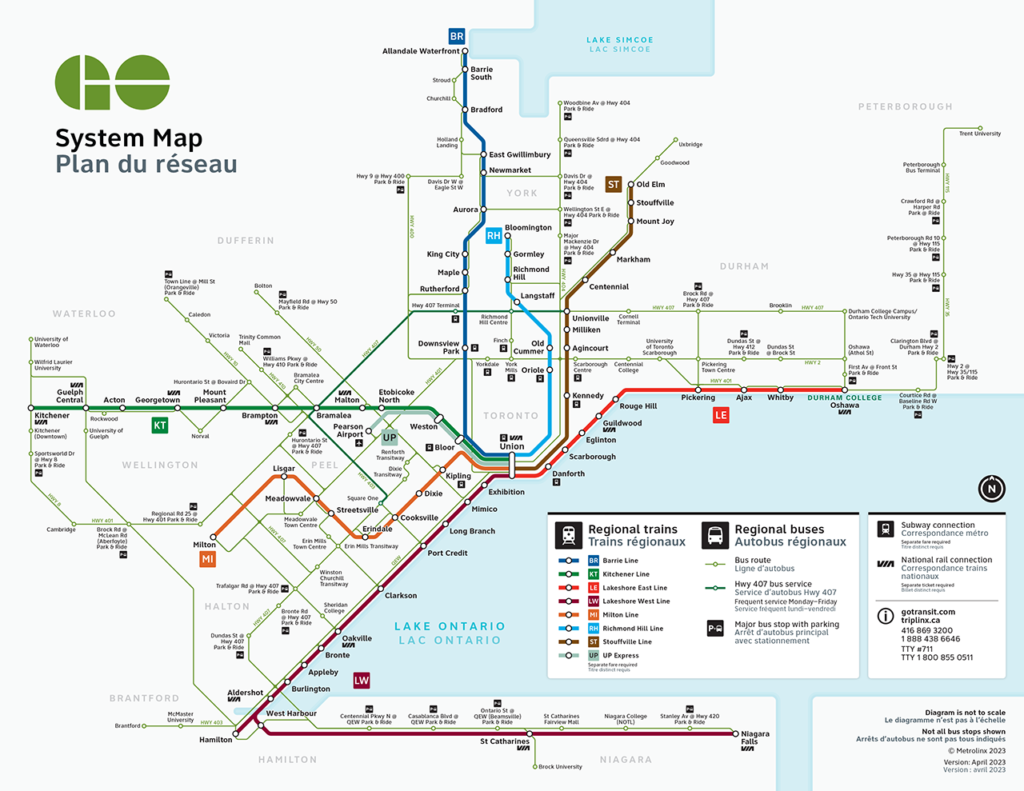
Metrolinx’s GO Transit on May 20 boosted weekday service to Niagara Falls by two daily roundtrips and weekend service by one daily roundtrip, for a total of 21 roundtrips per week; GO trains also resumed service to St. Catharines VIA station. Additionally, four more weekday peak express trips now run in each direction on the Lakeshore West Line, offering more travel options between Hamilton, Burlington and Toronto.
“This is another exciting step in our government’s plan to deliver more GO train trips, more often across the network, to help people get where they need to go with ease,” Ontario Minister of Transportation Caroline Mulroney said during the May 19 announcement. “By providing more convenient transportation options between Niagara Region and the downtown Toronto core, we’re unlocking opportunities for jobs and economic growth across the Greater Golden Horseshoe.”
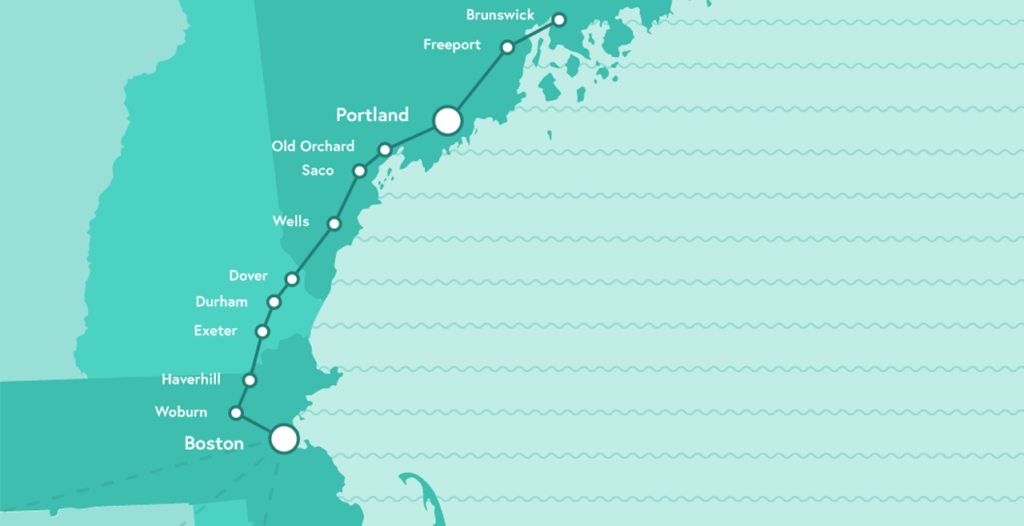
NNEPRA on May 22 reported teaming with Blaze Partners to improve the traditional and digital marketing and promotion of the Amtrak Downeaster; elevate brand presence; and increase overall ridership.
The Downeaster makes five roundtrips daily between Brunswick, Maine, and Boston, Mass., serving 12 communities in Maine, New Hampshire and Massachusetts. The service is operated by Amtrak under contract to NNEPRA.
“Blaze Partners demonstrates an understanding of our brand and a vision for its growth,” said Taylor Belanger, Marketing Director at NNEPRA. “Their commitment to sustainability and community engagement aligns perfectly with our mission to provide safe, efficient and environmentally friendly transportation options. We believe that this partnership will bring tremendous value to our passengers and help us achieve our goals for growth.”
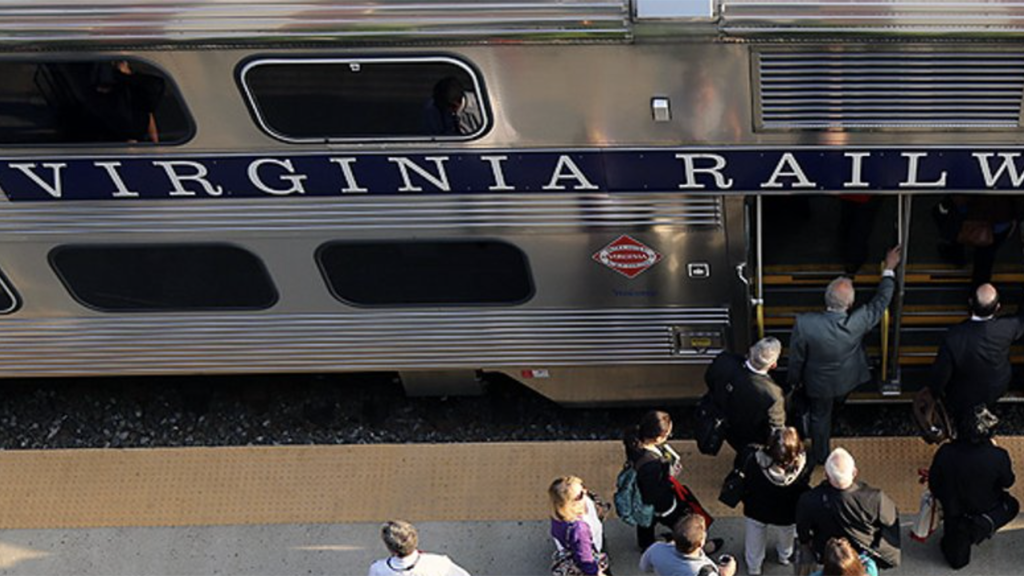
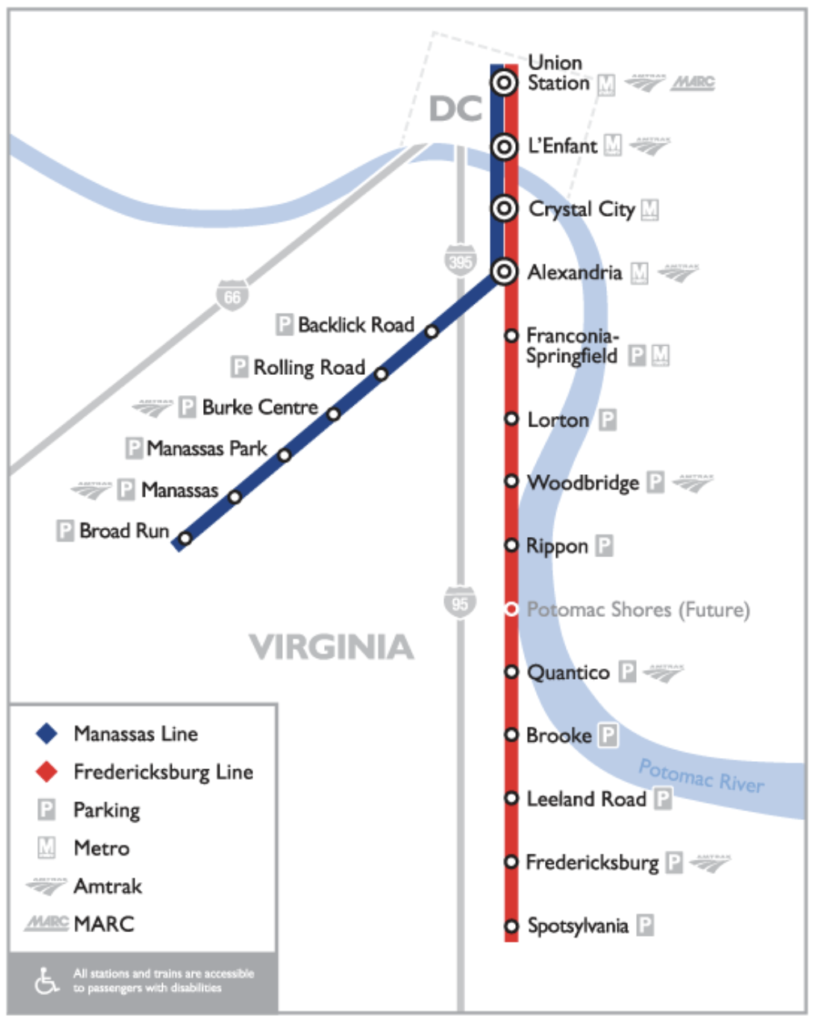
All rides on Fridays between June 2 and Sept. 1 will be free on VRE, InsideNoVa.com reported May 22. Fare-free commuter rail travel will be available on both the Fredericksburg and Manassas lines for rides originating at any of VRE’s 19 stations (see map, left).
“VRE ridership is historically lower during the summer and on Fridays year-round, so the rail service can accommodate additional passengers, including larger groups looking to spend a day in the nation’s capital, or National Landing or Old Town Alexandria in Virginia,” InsideNoVa.com reported the agency as saying.
VRE last offered free fares during the month of September 2022, a move that coincided with disruptions to WMATA’s Blue and Yellow rapid transit lines, the Northern Virginia-based media outlet reported.
Overall VRE ridership remains about 33% of what it was before the COVID-19 pandemic. “Monthly ridership in March reached 146,391, up by nearly 50,000 rides over March of 2022,” according to InsideNoVa.com. “Average daily ridership in March was 6,365.”
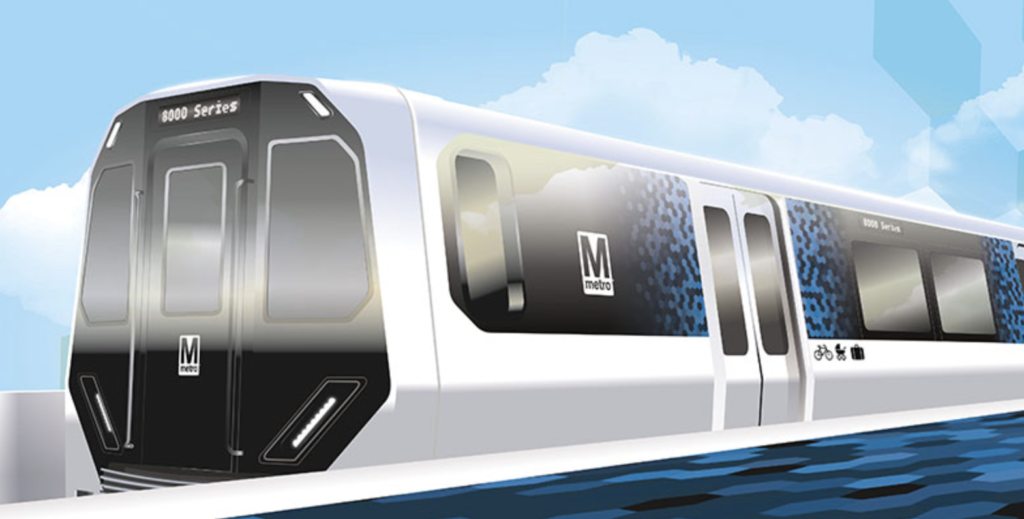
WMATA is inviting riders and the public to a pop-up exhibit at the Gallery Place – Chinatown Metro Station so they can view current concepts and provide input on the look, layout and features of the new 8000 series cars, which Hitachi Rail will build at its new $70 million Hagerstown, Md., plant. The exhibit, which runs from May 23 through May 30, will feature physical samples, renderings and videos of the rapid transit cars, which are slated to start service in 2026.
Proposed concepts include:
- Open gangways between two cars “to improve safety and customer flow, especially for customers traveling with wheelchairs, bicycles, luggage and strollers.”
- Expanded CCTV coverage and real-time train monitoring.
- Illuminated emergency call buttons for improved visibility.
- Charging ports.
- Reconfigured seating, with more horizontal seating to increase capacity and to create wider aisles.
- Increased size and number of digital information displays in more visible locations.
- Designated space for wheelchairs, separate from the space for bicycles, luggage and strollers.
- Floor to ceiling handholds at the center of the cars.
- New LED lighting to indicate doors opening and closing.
- Clearer public announcement systems.
- Lighter aluminum exterior car body, which “reduces wear and tear on track infrastructure and energy use.”
- Heated flooring “for energy efficiency.”
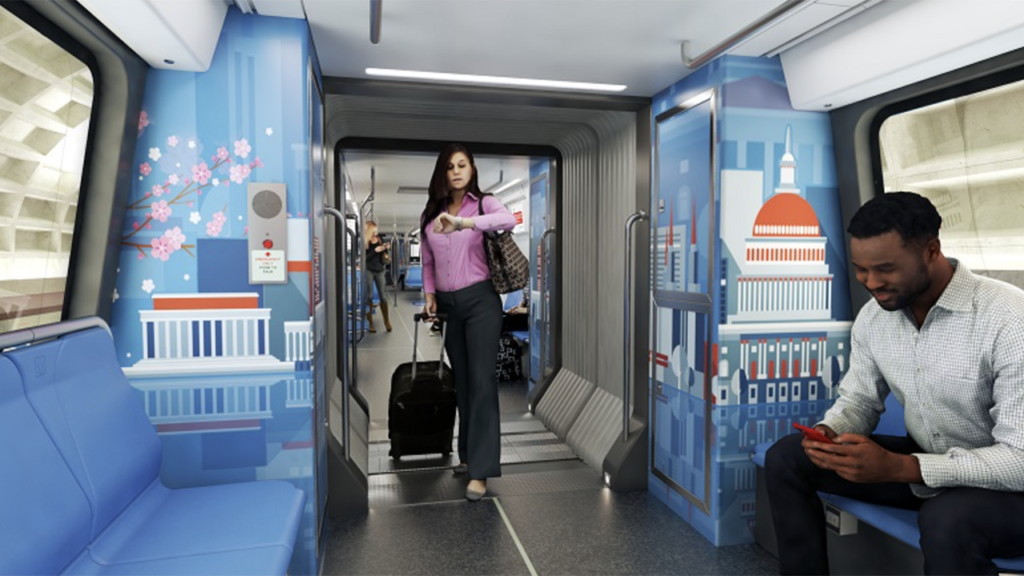
“We’re designing Metro’s [WMATA’s] fleet of the future for all of our customers, and we’re working hard to get as much public input as possible throughout the process,” WMATA General Manager and CEO Randy Clarke said. “Metro’s next generation of trains will serve our region for decades, so we must ensure customer needs are met, while incorporating advances in technology that will allow our system to evolve with our trains.”
WMATA in 2021 awarded Hitachi a contract to design and build an initial order of 256 8000-series rapid transit cars, which will replace aging 2000- and 3000-series cars that have been in service since the early 1980s and were manufactured by Italian firm Breda (now Hitachi Rail Italy). If all options in the contract are exercised, a total of 800 cars will be supplied to the agency, worth up to $2.2 billion.



